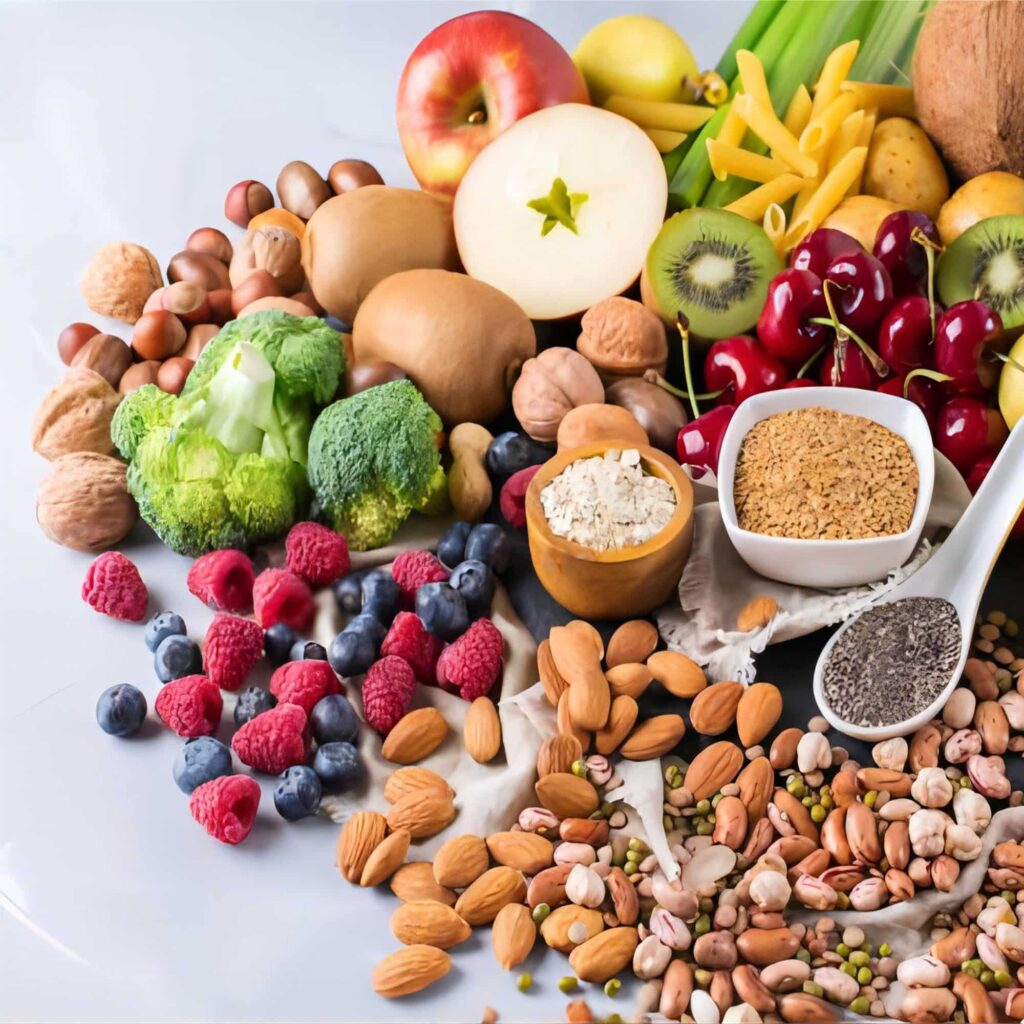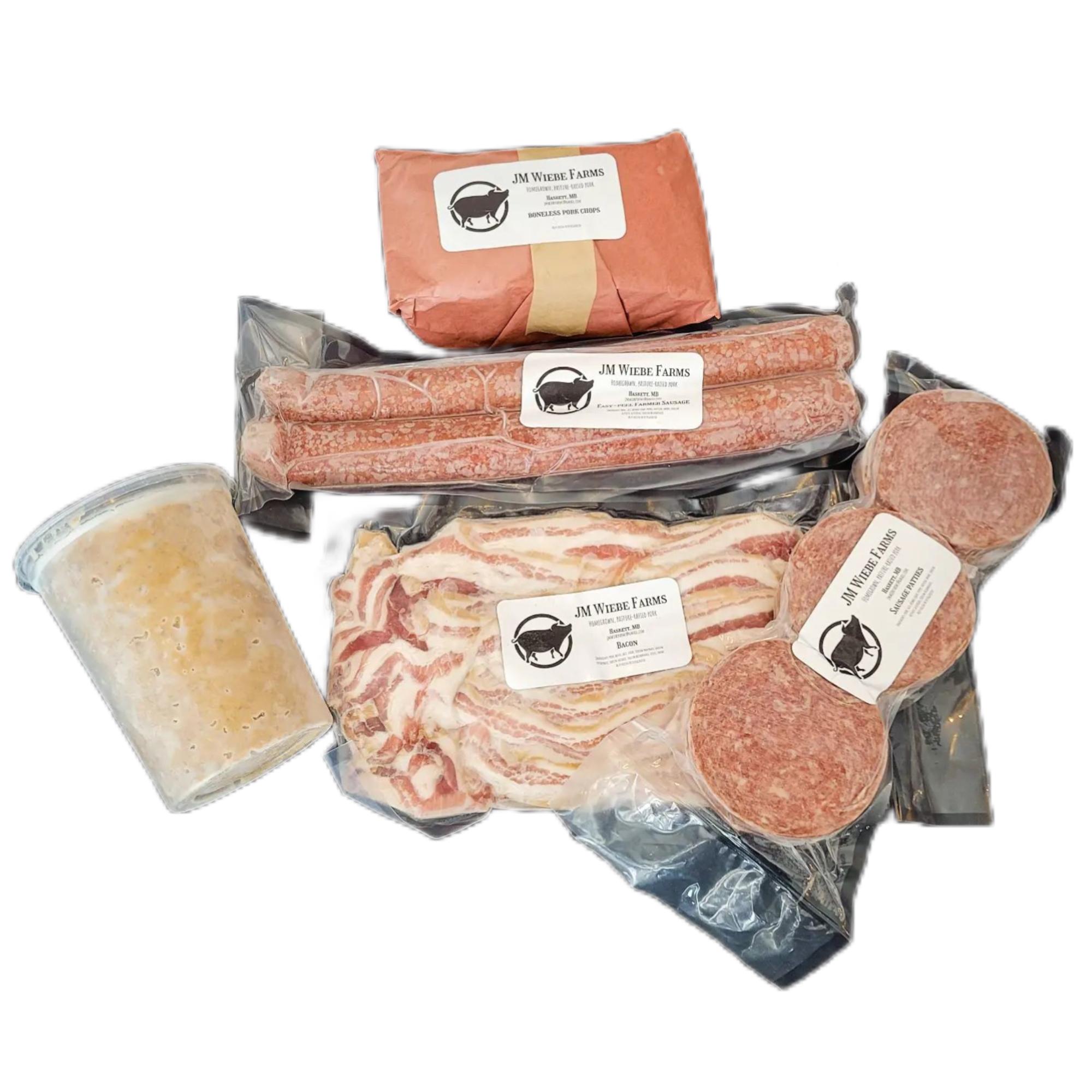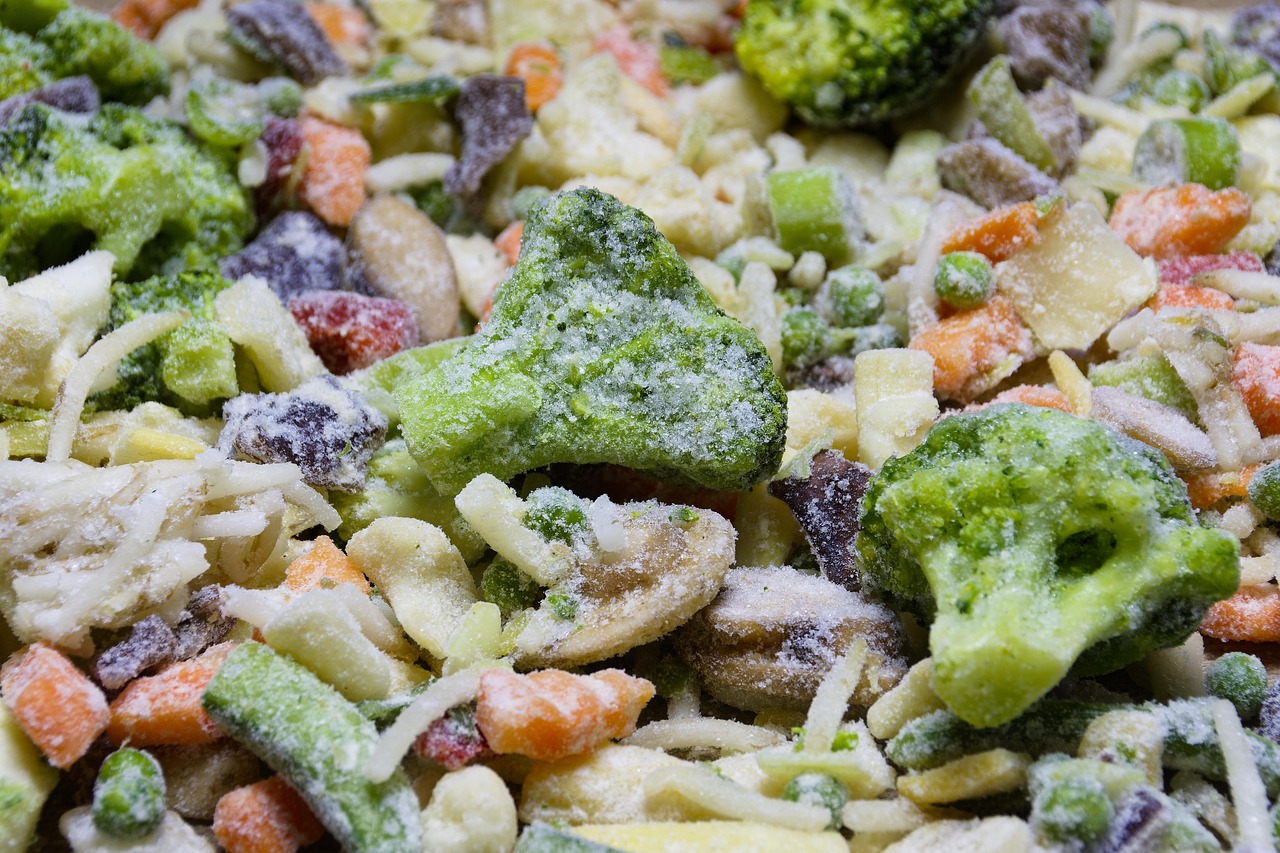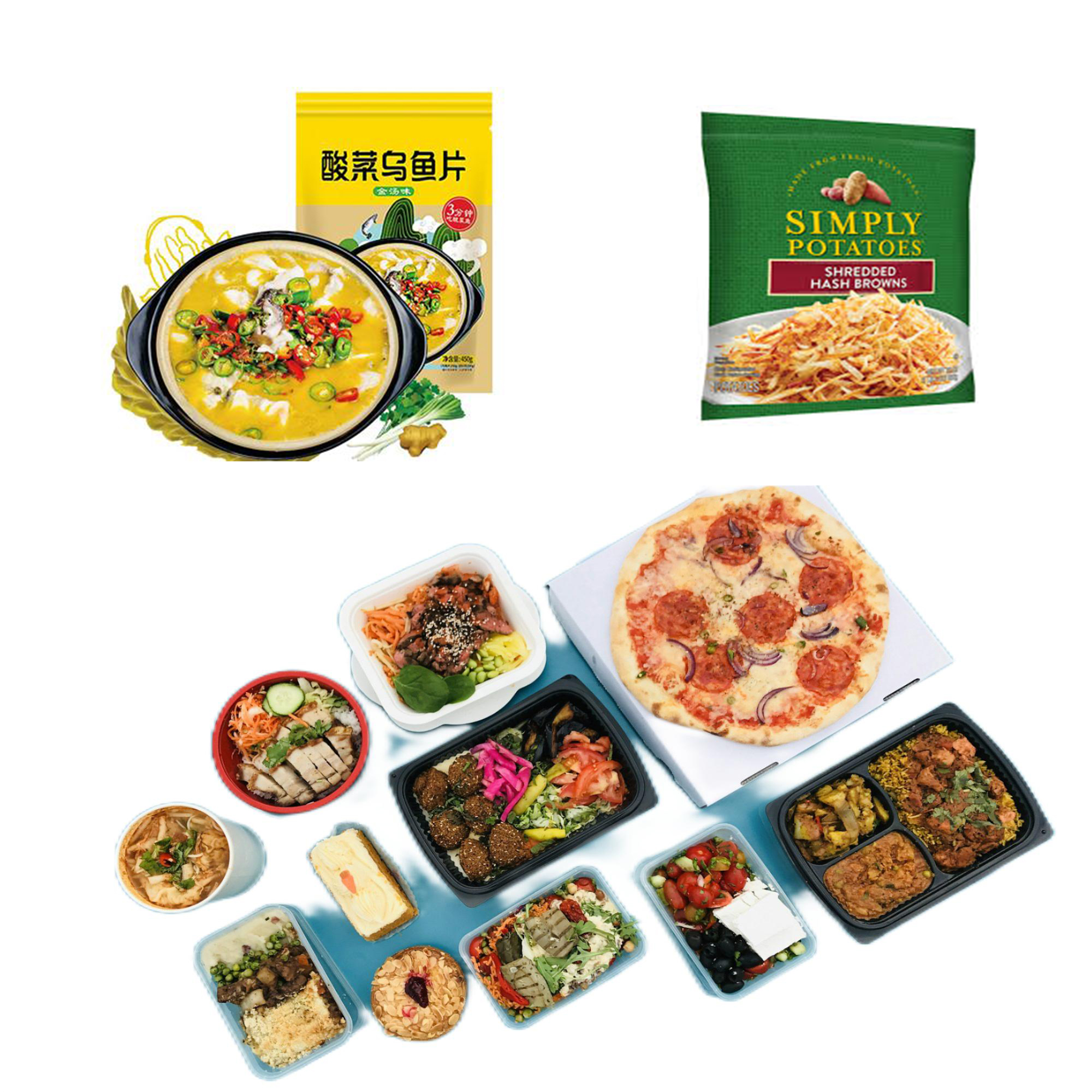Food packaging isn’t just about wrapping your groceries. it’s a crucial part of our food system. This article will break down everything you need to know about food packaging, from different types to the latest sustainability trends, and offer actionable insights, making it well worth your time.

What Exactly Is Food Packaging, and Why Is It So Important?
Food packaging is basically the wrapping or container that keeps our food safe and sound from the moment
It’s made until it reaches our tables. It’s not just about making things look pretty; it has a number of important jobs. Imagine buying a bag of chips—that bag is not there by accident. It protects the chips from getting crushed, keeps them from getting stale, and shows you important information about the product. Packaging keeps food safe from bacteria, dirt, and other nasty stuff that could make us sick. It also helps to keep food fresh, preventing it from going bad too quickly. Without effective packaging, a lot of food would get wasted, which is not good for anyone.

Food packaging also plays a key role in branding and marketing. Think about all the different colors, shapes, and designs you see in the grocery store. That’s packaging at work, trying to catch your eye and tell you something about the product inside. A well-designed package can make a product stand out from the competition, and it can also tell you a lot about the company that made it. The food packing also allows for easy transportation and storage of food. It keeps food from spilling or getting damaged, making it easier for stores to stock their shelves and for us to carry our groceries home. So, as you can see, food packaging is much more than just a wrapping; it’s a critical part of the whole food system.
What Are the Main Types of Food Packing Materials?
There is a wide variety of materials used in food packaging, each designed for different purposes.
One of the most common is plastic, which is used for everything from bottles and bags to containers and wrappers. Plastic is versatile, lightweight, and can be made in many different shapes, making it a popular choice for many food products. Another common material is glass, which is great for preserving freshness and doesn’t react with the food it contains. Glass is often used for things like jars, bottles, and other containers that need to be airtight.
Metal is another big player in the food packaging world. It’s used to make cans, foils, and tins. Metal is very strong and durable, which makes it perfect for preserving food over a longer period. You also see a lot of paper and cardboard being used, especially for dry food products like cereals and boxes for frozen meals. Paper and cardboard are often renewable and can be recycled, which is excellent for the environment. Finally, there are composite materials, which are made by combining two or more different materials to get the best qualities of each. For example, a juice box might have a layer of cardboard, plastic, and aluminum to keep it airtight and strong.
Here’s a comparison table to give you some ideas:
| Feature | Plastic | Glass | Metal | Paper/Cardboard |
| Pros | Lightweight, versatile, inexpensive | Non-reactive, preserves freshness, recyclable | Durable, long shelf life, good barrier | Renewable, recyclable, lightweight |
| Cons | Not always recyclable, can leach chemicals | Fragile, heavy, requires more energy to produce | Can rust, high energy cost | Easily damaged by moisture, not as durable |
| Best Use Cases | Bottles, bags, wrappers | Jars, bottles, containers | Cans, tins, foils | Dry goods, cartons, boxes |
| Sustainability | Often not biodegradable, requires specific recycling | Highly recyclable, can be reused | Highly recyclable | Recyclable, renewable, biodegradable |
What Are the Key Considerations When Choosing Food Packaging?
Choosing the right packaging isn’t just about picking what looks nice
It requires careful consideration of several factors. First, you need to think about the type of food you’re packaging. Some foods need protection from moisture, while others need to breathe. For example, a loaf of bread will need a different type of packaging than frozen peas. The packaging must ensure that the product stays fresh and safe during its entire journey, from the factory to your kitchen. You must take into consideration if the package will be transported from one city to another. You wouldn’t want your product to be compromised during transit, or your business may suffer.
Another important thing to think about is how long the food needs to stay fresh. Some foods, like canned goods, can last for years, while others, like fresh produce, need to be used within a few days. The packaging needs to be able to protect food for that entire time. You also want to make sure that it is easy to open and close. And let’s not forget about cost and environmental impact. The cost of packaging can add up quickly, so it’s important to find a material that’s both effective and affordable. You also want to think about if your packaging can be recycled or reused; making it as sustainable as possible is always an excellent choice. A business can’t stay competitive without considering the environmental impact of their product.
How Does Food Packaging Affect the Freshness and Shelf Life of Food?
Proper food packaging is essential for keeping your food fresh and extending its shelf life. The right packaging can keep out oxygen, moisture, and light, all of which can cause food to spoil quickly. For example, think about a bag of chips; without packaging, those chips would get stale in no time. By creating a barrier, packaging ensures that food stays in the condition you expect. Some packages even have special layers designed to block UV rays that can spoil certain foods.
Packaging also helps maintain the flavor and texture of the food. Think about fresh produce; packaging can keep fruits and vegetables from drying out, ensuring that they stay crisp and juicy for longer. By preventing moisture loss and avoiding cross-contamination, proper packing can dramatically increase a product’s shelf life and freshness. And let’s not forget that good packaging can also prevent spoilage, keeping out bacteria and other microorganisms that can ruin food. So, it’s not just about making things look nice; food packing plays a crucial role in keeping our food safe and enjoyable for longer.
What Are the Best Food Packing Solutions for Dry Foods?
Dry foods like grains, pasta, and snacks have specific packaging needs. These types of foods are susceptible to moisture, pests, and loss of their original texture. Therefore, the best packaging solutions for dry foods aim to keep them dry and fresh, and safe from pests. One of the most common solutions is flexible packaging, which is made of materials like plastic film or laminated paper. These materials are strong, lightweight, and can be sealed tightly to keep moisture and air out.

Another popular option for dry goods is rigid packaging, such as cardboard boxes or containers. These provide great protection from damage and crushing, which is especially important when transporting fragile products. They also provide good surface area for branding and labeling. For products that need to stay fresh for a long time, vacuum sealing is an excellent choice. This method removes all the air from the packaging before sealing, which prevents oxidation and spoilage. Using the right packaging for dry food ensures it stays fresh, safe, and in perfect condition for consumption.
How Can Food Packaging Contribute to Sustainability and Reduce Waste?
Sustainable food packaging is all about making choices that are good for both people and the planet.
One of the biggest ways packaging can contribute to sustainability is by using materials that are recyclable or biodegradable. When you choose packaging made from renewable resources like paper, cardboard, or plant-based plastics, you are doing your part to lower your carbon footprint. For example, many companies are using recycled cardboard for their boxes, which reduces the need for new materials and also helps to minimize waste.
Reducing the amount of packaging we use in the first place is another crucial step. This might mean using thinner or smaller packages or switching to concentrated versions of some products that require less packaging per serving. Many companies are also exploring innovative packaging solutions, such as edible or compostable packaging materials that can break down naturally, reducing waste that ends up in landfills. Also, you, as a consumer, can also do your part by making sure to dispose of your packaging properly, by recycling it whenever possible or looking for products that have minimal packaging. When we all work together, we can make a significant positive impact.
What Are the Latest Innovations in Food-Packaging Technology?
The world of food packaging is constantly evolving, with new technologies and innovations being introduced all the time.
One of the most exciting areas is active packaging, which can do more than just contain the food. For example, some active packaging contains oxygen absorbers or moisture regulators, helping to keep food fresher for longer periods. Smart packaging, which uses sensors and labels to track a product’s freshness and temperature, is another area of innovation. This type of packaging can alert stores and consumers if the product has been stored improperly or is reaching its expiration date.
Another technology that is quickly growing in popularity is the use of bio-plastics, which are made from renewable resources such as plants and are often biodegradable or compostable. This method helps reduce our dependence on fossil fuels and minimizes the amount of waste that ends up in landfills. Nanotechnology is another exciting area, with researchers exploring ways to use nano-materials to improve the barrier properties of food packaging. These materials can help keep food fresh and safe for longer while using less packaging material. The goal is to make packing more intelligent and more responsible.
What Are the Regulations and Standards for Food Packaging Materials?
Food packaging is not a free for all; it’s carefully regulated to ensure the safety of the food we consume. Government agencies have a lot of standards that packaging materials must meet, and these vary slightly depending on the country or region. These regulations are designed to prevent harmful substances from migrating from the packaging into the food. For example, packaging materials must be tested to make sure they don’t contain any chemicals that could be harmful to our health.
Regulations also cover things like labeling requirements, to make sure that the information on the packaging is accurate and complete. Some materials that are used for food packaging must be pre-approved by regulatory agencies before they can be used. Following the regulations ensures the food we are consuming is safe and that businesses are not cutting corners. This system is in place to protect both the producer and the consumer.
How to Choose the Right Food Packing Machine for Your Business?
Choosing the right food packing machine can have a huge impact on your business efficiency and profits. The type of machine you need depends on a number of factors, including the type of food you’re packing, the amount of product you need to pack each day, and your budget. If you’re packaging dry goods such as snacks or grains, you might need a vertical form-fill-seal machine, which creates the bag, fills it with product, and seals it in one continuous process. For products that come in boxes, you might need a carton-filling machine. If you need to pack many small items, a flow-wrap machine may be a more efficient choice.
You must also consider the level of automation you need. Some businesses might be ok with a semi-automatic machine, which requires more human intervention, while others may need a fully automated system that can handle the entire process without human assistance. It’s a good idea to research different manufacturers and compare their offerings before making a decision. Make sure to look at factors like speed, reliability, ease of use, maintenance needs, and long-term costs. By carefully selecting the right food packing machine, you can help ensure the quality and consistency of your product while maximizing efficiency and profitability.
Bengang Machinery is a leading provider of equipment and services solutions for packaging beverage, food, home and personal care products in pouch, can, glass and other materials. With over 40,000 machines installed in more than 190 countries, we have nearly 20 years of proven experience, with a strong focus on the factory of tomorrow with advanced systems, line engineering and innovation. Our 500+ employees worldwide are passionate about providing solutions that fulfil customer needs and boost the performance of their lines, products and businesses. Delivering this level of performance requires that we stay flexible. We continuously ensure we understand our customers’ changing challenges and commit to meeting their unique performance and sustainability goals. We do this through dialogue and by understanding the needs of their markets, production and value chains. In turn, we apply our solid technical knowledge and smart data analytics to ensure lifetime productivity reaches its full potential. We call it Performance through Understanding.
What’s the Future of Food Packing and What Trends Should We Watch?
The future of food packing is looking incredibly interesting, with many trends focused on sustainability, convenience, and technology. One of the biggest trends we’re seeing is the continued push towards eco-friendly packaging. More companies are searching for alternative materials to plastic, such as plant-based plastics or edible packaging that will help to reduce pollution. Another important area of development is in smart packaging, with the use of sensors, codes, and labels to provide more information about products to consumers.
Another trend that is growing is the demand for convenience. As more people are pressed for time, we expect to see more packaging designed to be easy to open, close, and transport. This might mean single-serve packages or flexible packaging that’s easy to store. Customization will also become an important consideration; businesses will look to make their brand more recognizable. With the demand for higher efficiency, expect to see more automation in the production process. As technology keeps developing, food packing solutions will continue to become smarter, more sustainable, and better suited to the changing needs of both businesses and consumers.
Know More Here
- See how our vertical form fill seal machine can revolutionize your packaging.
- Explore our range of flow wrap packaging solutions for single item packaging.
- Learn more about automated packaging options for higher efficiency.
- Read how to keep your dry food fresh with our specific packaging options.
- We can also offer a consultation for your specific food packaging solution.








